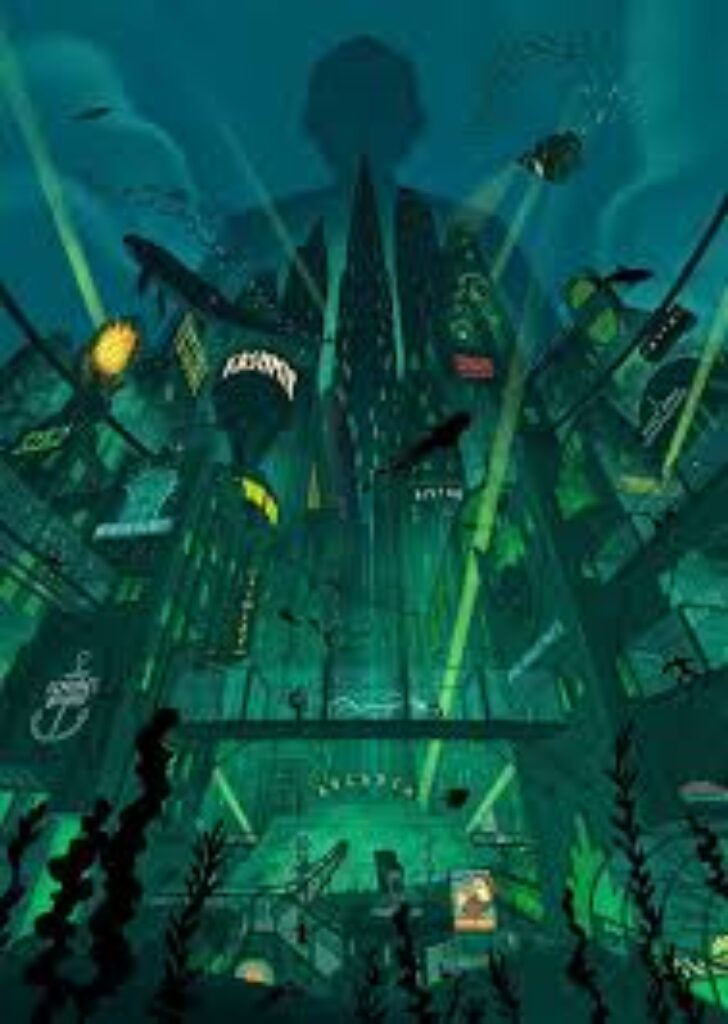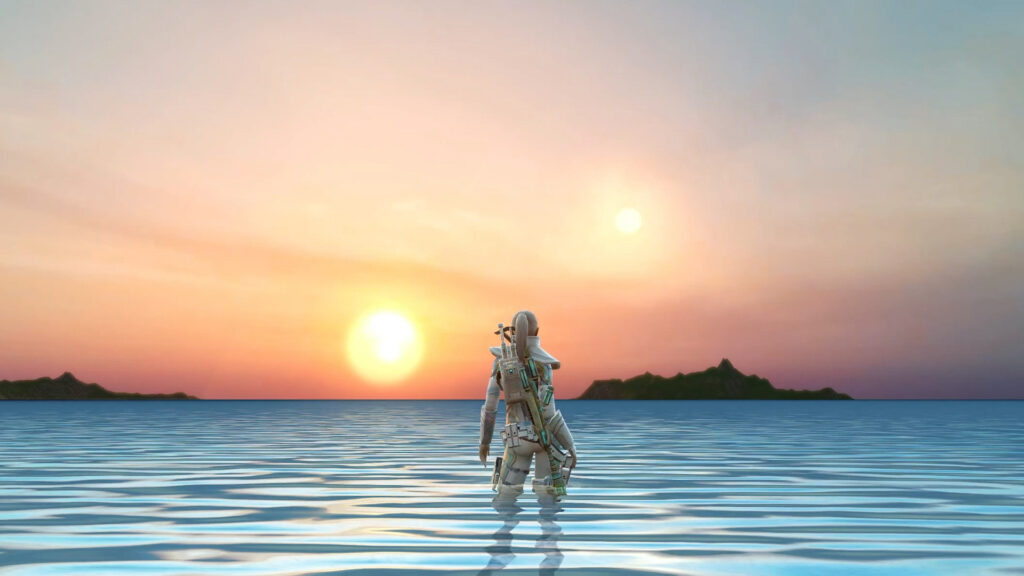
Exploring the Art of World-Building in Video Games: Crafting Immersive Universes
Video games have evolved far beyond the simple mechanics of gameplay. Today, they are immersive experiences, often set in worlds as complex and captivating as any found in literature or film. One of the most significant aspects of this evolution is the art of world-building—a crucial element that shapes a game’s story, atmosphere, and the player’s emotional connection to the game. World-building in video games isn’t just about creating a setting; it’s about crafting an entire universe that feels alive, interactive, and full of possibilities.
What is World-Building?

World-building in the context of video games refers to the design and creation of the fictional universe where the game’s story takes place. It’s not limited to just creating a map with terrain and buildings; it involves developing everything that makes that world feel alive and coherent. This includes cultures, societies, languages, histories, economies, and even the laws of physics governing that universe. World-building influences everything from the characters’ motivations and behaviors to the way a player interacts with the environment and how the narrative unfolds.
The Pillars of Effective World-Building
While every game is different, great world-building often rests on a few core pillars:
1. History and Lore
The backstory of a world is often what gives it depth. Why is the world the way it is? What major events shaped its present? Games like The Elder Scrolls V: Skyrim and The Witcher 3 excel in this aspect, offering players rich histories, ancient myths, and layers of lore. These games don’t just tell you what’s happening now; they invite you to explore the deep, often tragic, history of their worlds.
A strong historical context helps players understand the motivations behind factions, characters, and even the state of the world itself. This world-building can be presented through in-game dialogue, environmental storytelling (like murals or ruins), books, or even hidden collectibles. The more players can uncover, the more invested they become in piecing together the full narrative.
2. Cohesive Ecosystems
A believable world doesn’t just feature stunning visuals—it has ecosystems that make sense. This includes the flora and fauna, the geography, climate, and the relationship between different species. For instance, the ecosystems of Horizon Zero Dawn reflect a world where nature has been overtaken by robotic creatures, creating a unique mix of organic and mechanical life.
Even games with fantastical settings often ground their world-building with a sense of realism. How do people survive in these environments? What resources are scarce? What is the trade between various settlements? These details may seem small, but they create a sense of consistency, making the world feel grounded and believable.
3. Culture and Society
One of the most intricate aspects of world-building is creating believable cultures and societies. How do people interact? What are their values, traditions, and beliefs? These societal structures often play into gameplay and narrative design. In The Last of Us, for example, society has collapsed, but remnants of human civilization persist in new, post-apocalyptic forms. The cultures in this world reflect the harsh realities of survival, and they heavily influence the characters’ decisions and relationships.
Many games also include factions with unique ideologies. In Mass Effect, for instance, different alien species have vastly different political and social structures, all of which impact their role in the galaxy. Players must navigate these cultural divides, making choices that affect their standing and the game’s ultimate outcome.
4. Player Interaction
A key difference between video games and other media is the interactive nature of the medium. In books or films, the world exists regardless of the viewer’s actions, but in games, the player is an active participant in shaping their experience. World-building needs to accommodate player choice—whether that means allowing players to alter the environment (as in Minecraft or Red Dead Redemption 2) or making sure their decisions feel consequential within the narrative.
A well-built world will adapt to the player’s actions, creating a dynamic relationship between the player and the environment. The Elder Scrolls series is a great example, where players can shape entire kingdoms, conquer cities, or join factions, each decision leading to a ripple effect that alters the world in meaningful ways.
The Challenges of World-Building in Video Games
While the rewards of world-building are clear, it’s not without its challenges. Creating a world that feels expansive and immersive requires attention to detail, a consistent internal logic, and above all, time. Too often, games fall into the trap of having beautiful environments without any depth—gorgeous landscapes that lack purpose or meaning. This is where the importance of integrating narrative and world-building becomes evident.

Another challenge is balancing player freedom with world coherence. Players love to explore, but designers must ensure that the world feels consistent, even when the player is venturing off the beaten path. This requires a careful balance of open-world design and structured storytelling to avoid disjointed or disconnected gameplay experiences.
Conclusion: Why World-Building Matters
World-building in video games isn’t just a design challenge—it’s the heart of what makes these virtual worlds feel alive. When done well, world-building can make a game feel like more than just a series of missions or levels. It becomes an experience where every corner of the environment has a story, and the player’s choices leave a lasting impact on the universe. Games like The Witcher 3, Red Dead Redemption 2, and The Legend of Zelda: Breath of the Wild prove that a great world can elevate a game from good to unforgettable.
As technology continues to advance and games become more complex, the art of world-building will only become more sophisticated. For players, this means that the universes they explore will continue to grow more immersive, inviting them to lose themselves in worlds that feel as real as our own. And for developers, it means the challenge is ever greater: how can they craft a world that feels truly alive, inviting players not just to play, but to live in it? The answer, as always, lies in the details.








